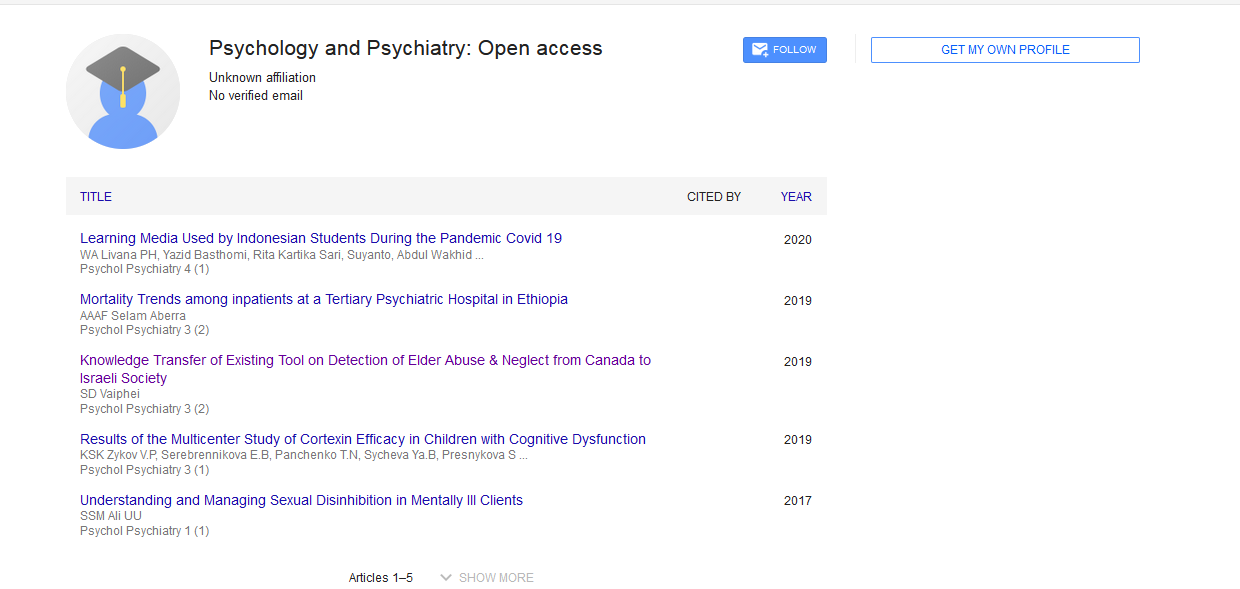Phenomenology of anxiety disorders in India
*Corresponding Author:
Copyright: © 2020 . This is an open-access article distributed under the terms of the Creative Commons Attribution License, which permits unrestricted use, distribution, and reproduction in any medium, provided the original author and source are credited.
Abstract
Anxiety Disorders have been influenced by culture factors in India for several centuries. These factors impact the presentations, diagnoses and treatment of anxiety disorders. Ancient Indian texts, some dating back to 5000 BC, have described various anxiety disorders. Cultural aspects of anxiety disorders were first represented in DSM IV, as late as 1994. Collectivism, interdependent self-construal, and the emotion of lajja (shame) are unique features of Indian culture. These influence the presentation of various anxiety disorders including Generalized Anxiety, Panic, Social Anxiety and Phobias. Culture specific syndromes like Dhat are associated with multiple somatic complaints which are attributed by male patients to semen loss. Similarly, Koro Syndrome or Jhinjhinia Bemar, entails the belief that the genitals will retract into the abdomen is seen in men and woman. This review also explores the wide range of therapeutic modalities practiced in India. Somatization of anxiety results in pharmacological treatments being sought from general physicians rather than mental health professionals. In rural areas, faith healers and religious rituals are common. Psychotherapy is more directive, short term and often uses analogies from mythology, philosophy and religion. Ayurvedic herbs, including Sankhapuspi, Bhrami and Ashwagandha are efficacious in treating anxiety disorders. Unani medicine uses herbal drugs like Sankhaholi to treat anxiety symptoms without any side-effects or withdrawal upon suddenly stopping the medicine. However, homeopathy in the treatment of anxiety disorders has limited efficacy evidence. Yoga includes practice of asanas, pranayama and meditation, which help manage anxiety by their downregulating effect on HPA axis resulting in reduced heart-rate variability and greater gray matter volumes. Transcendental meditation has been linked to neurotransmitter changes resulting in reduces stress and anxiety symptoms. Mindfulness, based on Buddhist philosophy, is associated with reduced anxiety. Factoring in cultural factors enables one to make relevant diagnoses and also offer effective and holistic treatments to individuals with Anxiety Disorders.

 Spanish
Spanish  Chinese
Chinese  Russian
Russian  German
German  French
French  Japanese
Japanese  Portuguese
Portuguese  Hindi
Hindi 